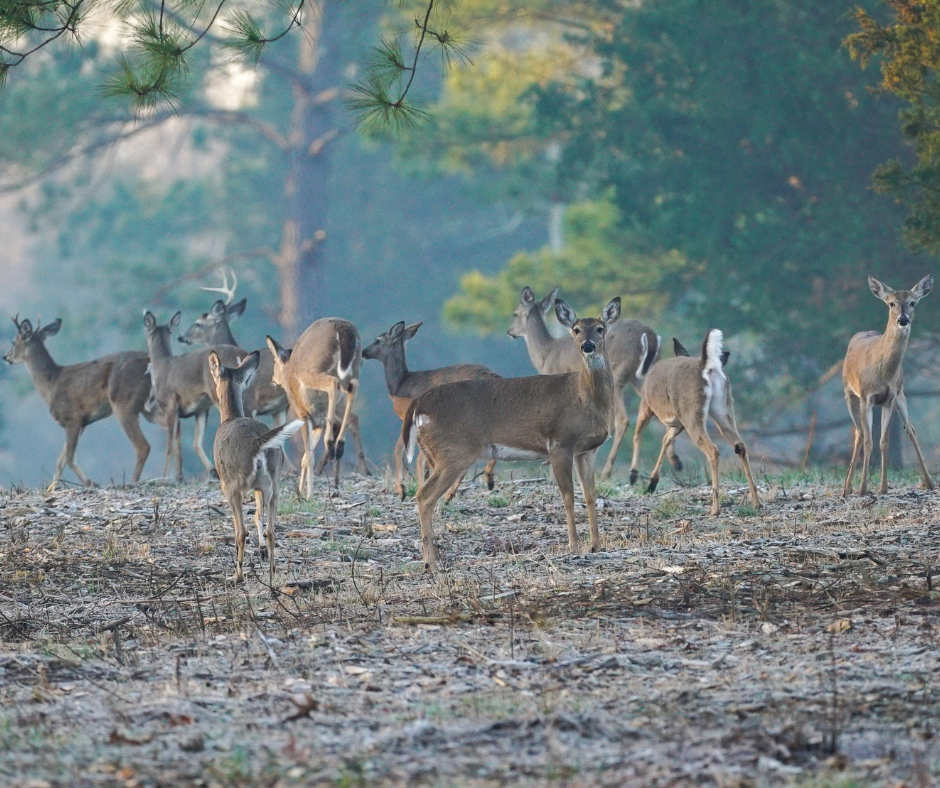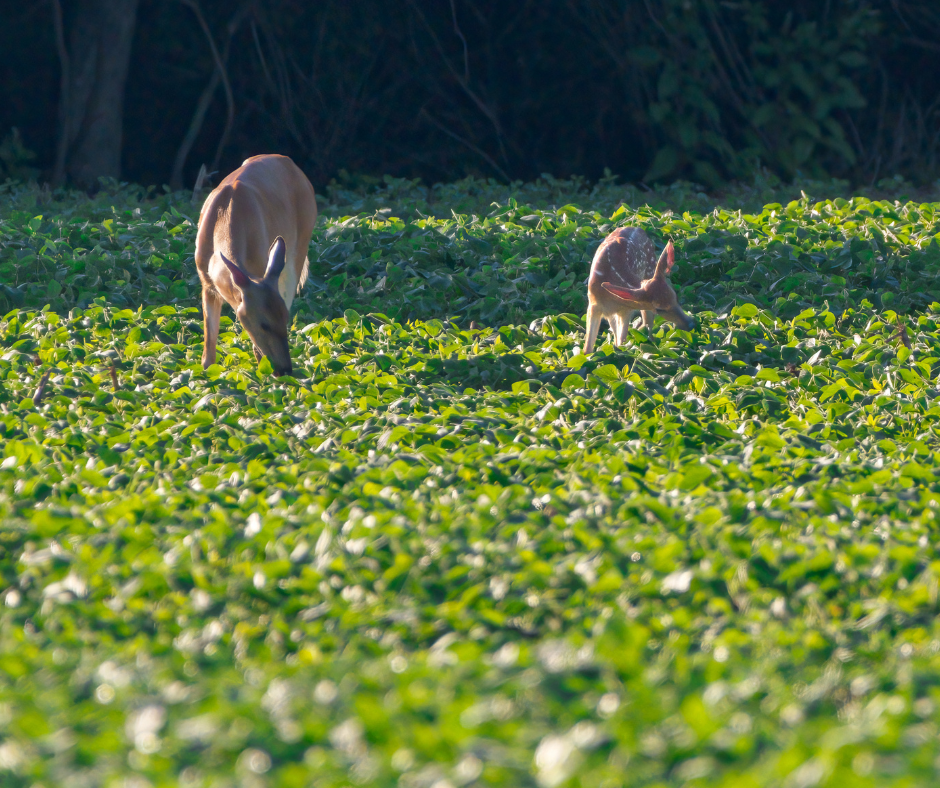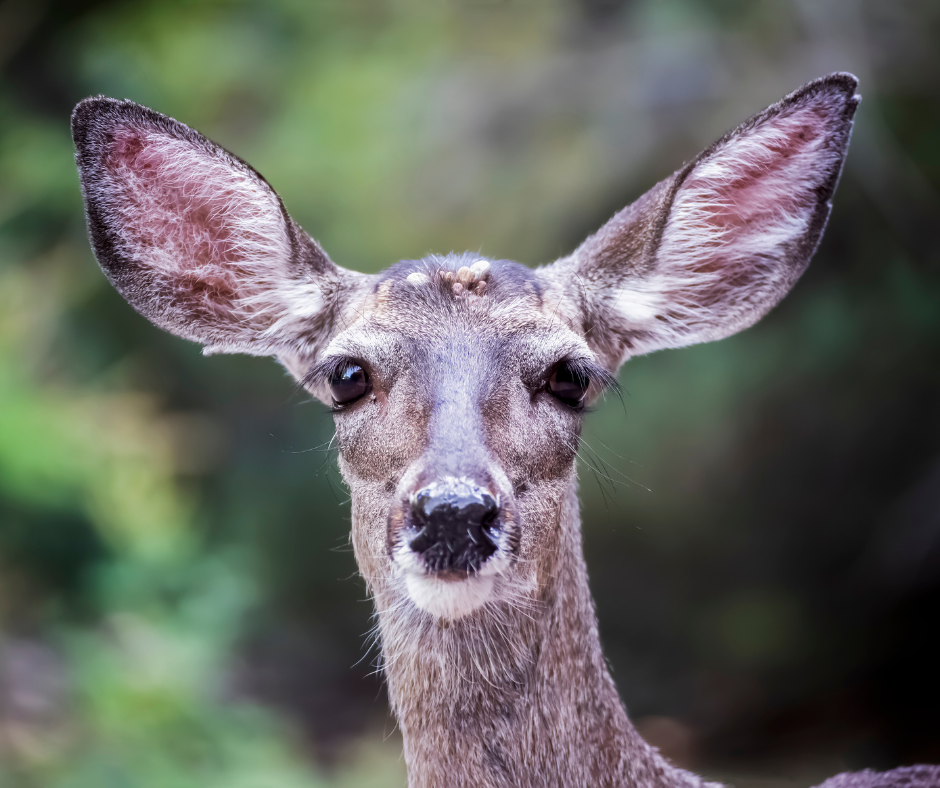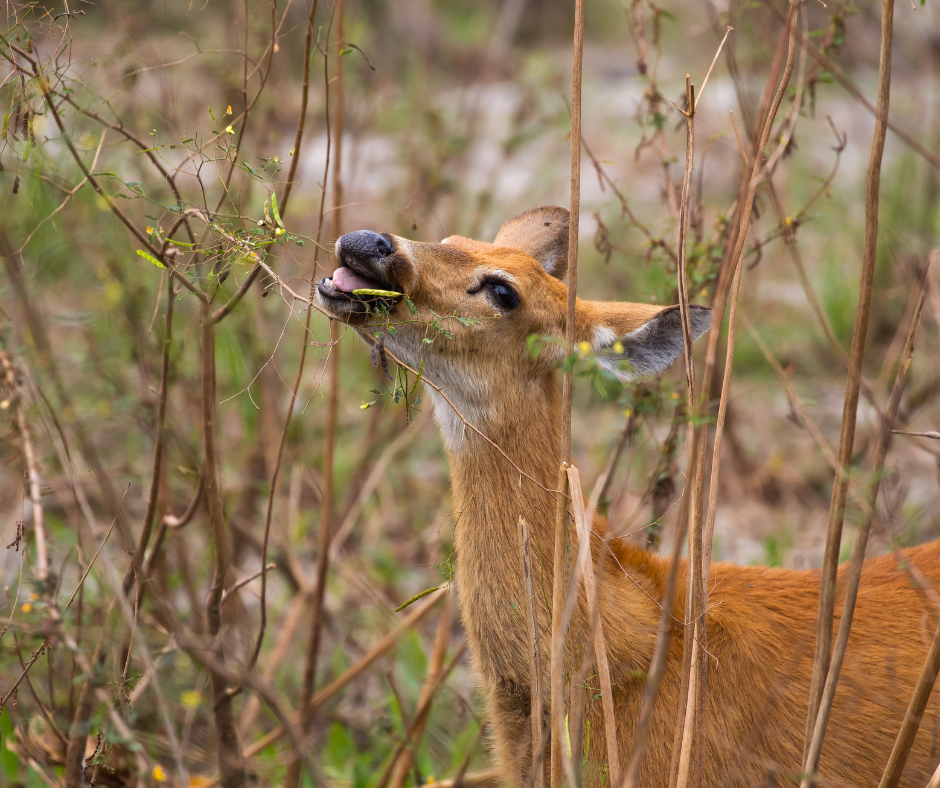

Whitetail deer are a familiar sight in New England, however, their growing populations have significant costs that go far beyond a few nibbled plants in your garden. From economic implications to ecological imbalances, deer damage affects homeowners, communities, and local ecosystems in different ways.
In this blog, we will dive into the hidden costs of deer damage and how understanding these impacts can help us manage this pressing issue. Alex Goodman, from Dartmouth, said the South Coast has “a massive deer population problem” and cited a local study that he said found the density of deer in the area to be roughly 56 deer per square mile.
“This problem is leading to huge problems with over-browsing in our native forests. It’s also leading to near-daily vehicle collisions on our roadways. It’s also leading to the spread of tick-borne illnesses.”
Deer damage in the form of browsing is a common nuisance for gardeners and landscapers. Homeowners in New England spend millions annually replacing damaged plants, repairing fences, and installing deer deterrents.
Beyond gardens, deer browsing can lead to farmers to lose their crops either by the deer eating them, trampling them, or pooping on them. Susan Murray, executive director of the Southeastern Massachusetts Agricultural Partnership, told the Joint Committee on the Environment and Natural Resources that farmers in Norfolk, Bristol and Plymouth counties are suffering under “a silent environmental crisis,” namely an overpopulation of deer that she said leads to more than $1 million in farm losses each year.
“This is a crippling financial loss in an industry with tight margins and on the front line of climate change. Farms are an oasis for deer when surrounding forests are depleted due to overpopulation and drought.
Deer eat just about every crop we plant, including vegetables, berries, grapes, cranberries, tree fruit, flowers, and nursery crops,” Murray said. When deer are browsing crops, they are also pooping near them. Crops near deer feces can not be harvested due to food safety regulations, leading to further losses for farmers.
According to The Massachusetts Division of Fisheries and Wildlife, deer densities vary widely from an ideal range of about 12–18 deer per square mile in most of Central and Western Massachusetts, to over than 30–50 deer per square mile in areas of Eastern Massachusetts and on Nantucket and Martha’s Vineyard where hunting access is restricted.
“Historically in Massachusetts, deer populations were controlled by three main predators: mountain lions, wolves, and humans. Now that mountain lions and wolves are absent in the Commonwealth, deer populations are able to grow in numbers in areas without regulated hunting, despite vehicle collisions and predation by black bears, bobcats, and coyotes,” MassWildlife says on its website.
“When deer numbers exceed human tolerance, they are often viewed as pests and can cause public safety issues and property damage. Additionally, when deer numbers exceed what the habitat can support, forest health can be severely degraded and negatively impact other animals and plants.”

The economic cost of deer-related car accidents includes repairs, medical bills, and insurance premiums. New England’s wooded roads are hotspots for such incidents, especially during mating season when deer are traveling around more.
Daylight savings also contributes to increased deer and vehicle crashes, as deer are more often when it is dark and many people’s commute from work is in the dark after daylight savings.
With a surplus in deer, there is a correlating growing number of deer and vehicle accidents. Last year in Massachusetts, there were 1,908 deer crashes between October and December 2023. “In fact, there were more deer crashes last year than any year since 2002, based on available crash data,” AAA Northeast said in a press release.
“That’s equivalent to one deer crash every 70 minutes. Crashes were most common near sunset (6–8 p.m. before the clock change, and 5–7 p.m. after the clock change), with 81% of deer crashes occurring outside daylight hours.”
MassDOT data shows that 25% of all reported collisions from 2018 – 2022 occurred in November; 48% occurred between October and December.
Deer are common hosts for ticks, particularly the black-legged tick, which spreads Lyme disease and other illnesses. Rising deer populations should be a public health concern, as it increases human exposure to ticks, posing significant health risks.
When deer pass through your yard, ticks hitching a ride on these hosts can drop off and become a threat to your family and pets. A single whitetail deer can carry up to 1,000 ticks. Doing a thorough tick check on yourself, others, and pets after spending time outdoors, especially in the woods where deer live, is crucial for tick-illness prevention.

Deer play a vital role in local ecosystems, but overpopulation of the species creates imbalances that lead to a decline in biodiversity. When deer over-browse on the plants they favor, this disrupts the food web by affecting species reliant on those plants.
Excessive browsing also damages undergrowth, affecting the regeneration of forests and altering habitats for birds and small mammals. When deer populations are high, and native vegetation is weakened, invasive species can flourish because there are fewer native plants to compete with, further upsetting the ecological balance.

Managing deer populations to prevent deer damage at the municipal level incurs economic costs for the implementation of any of the following deer management programs:
Understanding the hidden costs of deer damage highlights the importance of proactive deer management. At ohDEER, we are the deer experts! Follow our social media pages for more education on deer damage, including what plants they favor during each season and more prevention tactics.
For homeowners looking to save their landscaping from deer feeding, ohDEER’s All-Natural Deer Control solution helps protect our client’s plants from deer damage. Deer hate the smell and taste of plants sprayed with our solution, and will begin to look elsewhere for food.
Once the deer break their feeding pattern, they will be spending less time on your property, also decreasing the risk of them dropping off ticks in your yard. Contact your nearest ohDEER location today to schedule a FREE Deer Assessment of your property!
Also, check out our guide on How Irrigation Affects our Deer Control.